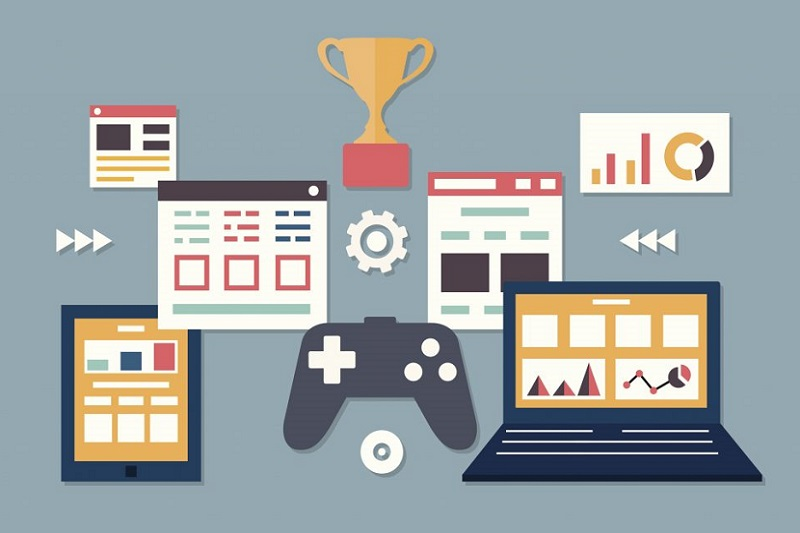ATD Blog
5 Things to Consider in Gamification Design
Mon Jan 09 2017

Bookmark
As a business owner, leader, manager, or talent development professional, you can learn how to create fun and rewarding gamified experiences to achieve the business objectives that are crucial for the success and profitability of your organization. But you’ll have to begin with a willingness to think differently.
Here are five things to consider in gamification design.
1. Your reason for gamifying your project has a huge effect on how you should gamify.
Ask yourself these fundamental questions before you begin the gamification process, as well as throughout your design and roll out stages:
What are your measurable business objectives?
Why are you gamifying this project or process?
How will gamification help you achieve your objectives?
2. Prioritize the actions you want your users to take and reward them for it.
Because actions and rewards are fundamental to gamification, after you’ve determined your business objectives, the next thing to consider is the actions you want to reward players for and what is most important to you (and them). Then, determine what rules your game may need to ensure that you’re getting the behaviors you want. For example, you can set time limits to keep players from doing something over and over when you only want to reward it once.
Once you have identified the actions that you want your players to take, rank those behaviors in order of value. Start with the least valuable action and give it a value of “1.” Working from there, assign relative values to everything else. For example, gamifying the HR onboarding process can help companies improve the rate at which these tasks are completed. To improve onboarding, consider gamifying the following behaviors:
reading about company policies
completing compliance training
filling out HR forms
setting up health insurance, 401(k), and retirement benefits.
Reading about company policies might have a relative value of 1, while completing compliance training is 10 times more valuable. Be careful to not fall into the common trap of thinking that everything is important. If all priorities are treated equally, then creating any sort of meaningful goals becomes impractical. If we prioritize accordingly, we can gain some clarity on what exactly our new hires should be working on to help you achieve your business objectives.
3. Use a diagnostic tool or interviews to assess the personal motivation of your players.
Gamification should be designed and implemented to increase fun and engagement and help you achieve specific business objectives. Fun is a subjective concept, so you must get inside the heads of your learners and figure out what makes them tick. What inspires them? Who is their favorite author, director, or popular personality and why? What was the last thing that made them laugh? Ideally you will develop personas by using a diagnostic tool for the analysis of personal motivation, or at least conduct motivational interviews with a sampling of your learners.
4. The building blocks of fun begin with matching your data and analytics with the right game mechanics.
In your gamification project, monitoring feedback and metrics will be required as you incorporate a variety of game mechanics to encourage learners to explore and learn as they move toward an end goal.
Although the easiest form of reward is points, if your program consists of only points, a few badges, and a leaderboard, it will likely fail. Even my two-year-old grandson quickly gets bored with matching and puzzle games that offer him no new challenges, opportunities for leveling up, or meaningful feedback.
Examples of game mechanics that we use in our training and talent development programs include narrative, personalized avatars, knowledge sharing, time restraints, slowdowns, choice, chance, competition, collaboration, and progression. Utilizing the right combination of game mechanics correctly can build a highly motivational user experience around your process or content.
5. A new class of gamification designers and facilitators is required.
Capturing the time and attention of today’s modern learners as well as ensuring the information is fun, stimulating, relevant, correct, and consistent is a daunting task. But the good news is that you can be part of this new regime of gamification designers and facilitators. Do you realize that among the people reading this blog post, you may be the one who grabs this opportunity to take the first step? As you start to think about the benefits of learning this new skill, I bet you can uncover even more advantages of becoming a qualified gamification designer.
Ready to launch? Register for Essentials of Gamification for Talent Development.
More from ATD
